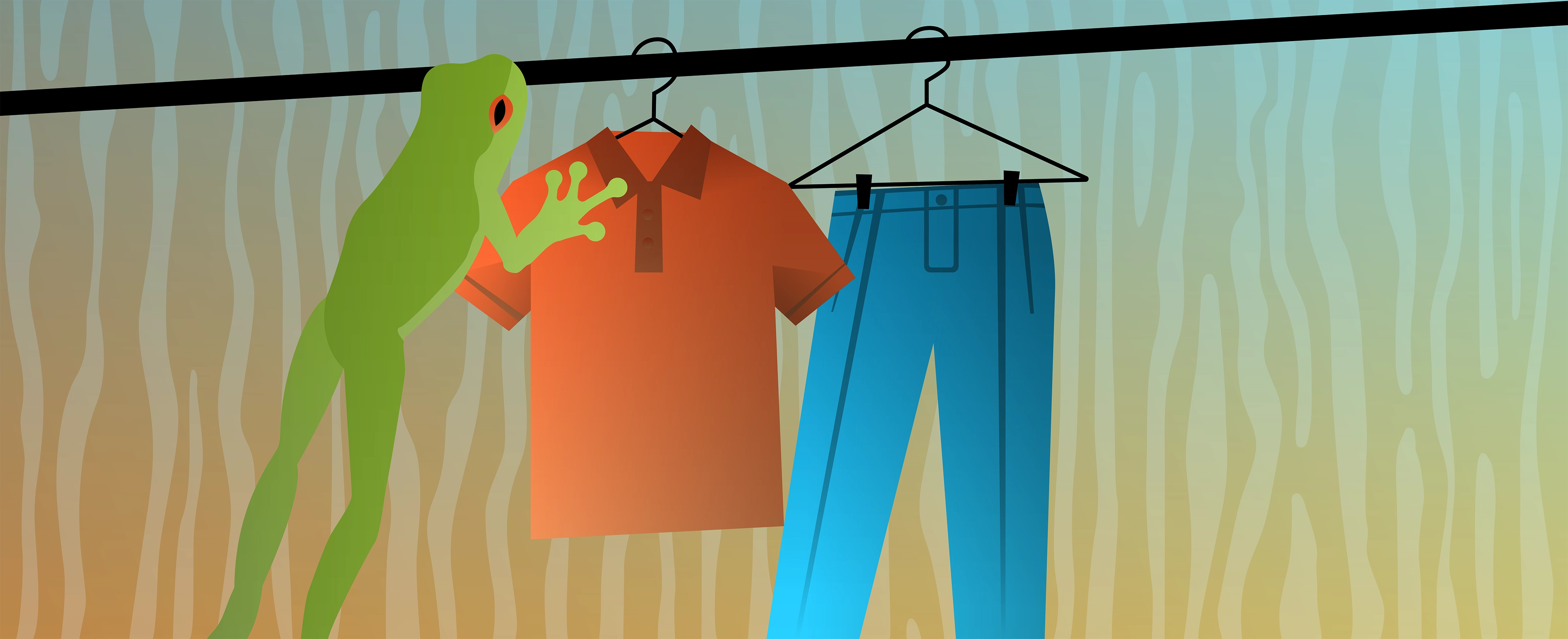On this page…
Areas of Action: Your Clothes
Decarbonizing your clothes by shifting to sustainable, ethical, and circular fashion is a medium rock area for personal climate action and it is an area that is easy to implement, can save you money, and can concurrently address a number of other critical issues including worker rights and slave labour, waste and plastic pollution, health and wellbeing, and water scarcity and pollution.
There are a lot of good reasons to change your shopping behaviour and help drive systemic change in this area if you buy a lot of clothes and/or don’t consider their sources.
What needs to change?
• Carbon intensive, extremely wasteful, polluting, unethical and high volume Fast Fashion.
• Climate friendly, more circular/less wasteful, less polluting, ethical, higher quality, reduced quantity, slow fashion with cost savings.
Why is this so important?
Globally, fashion accounts for somewhere between 2 and 10% of global emissions.
Fast Fashion, in particular, is not only carbon intensive by design, it is extremely water intensive and wasteful and often perpetuates and exacerbates unethical labour practices.
The fashion industry is moving towards a sustainable, ethical, circular approach, with many brands moving in the direction of positive change, but Fast Fashion and our clothing consumption habits are working in the opposite direction.
On our current growth trajectory, the textile industry alone could use up more than 26% of the carbon budget associated with a 2°C pathway2. We have to change how we think about our clothes — in both our behaviour and purchasing choices.
Some of the major trends towards sustainable, climate friendly and ethical personal choices are 1) to use the principles of a circular economy in our own consumption behaviour for clothes and 2) to say ‘no’ to Fast Fashion and ‘yes’ to slow fashion.
Why so urgent?
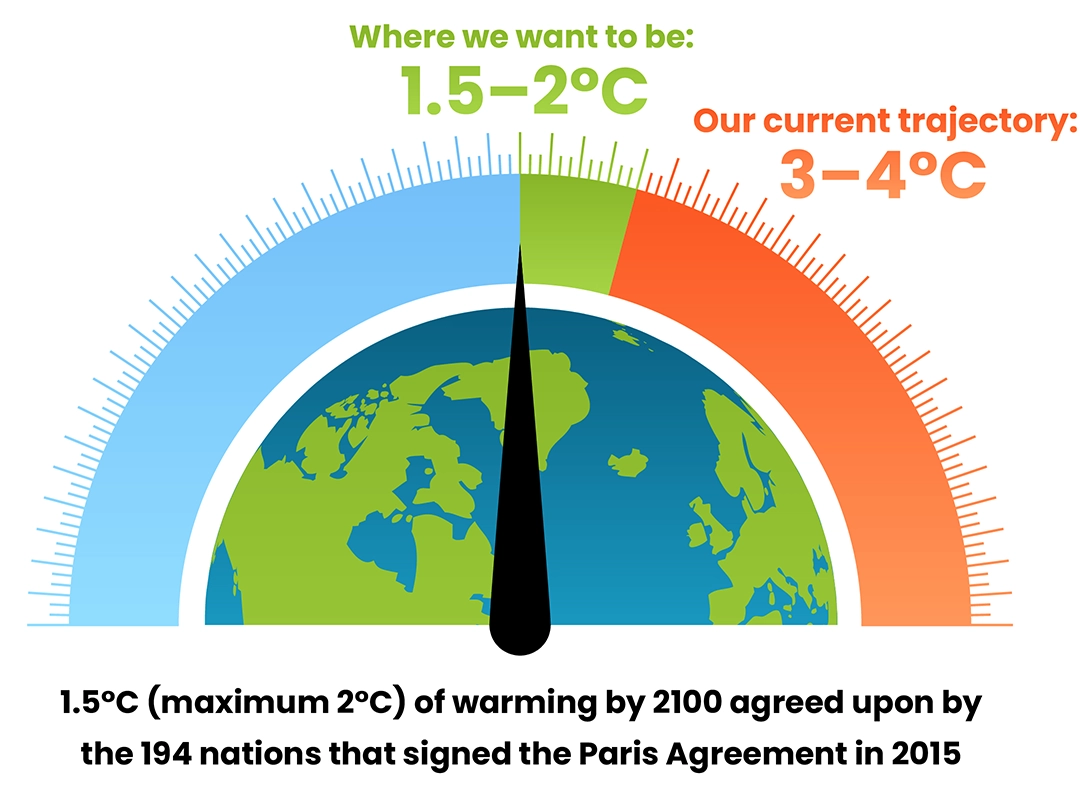
There is a rapidly narrowing window of time to implement existing commitments and raise ambition3. See Why So Urgent?
As per the Paris Agreement and subsequent IPCC modelling and research updates, we need to reduce our emissions by 43% below 2019 levels by 2030 in order to have a good chance of hitting Net Zero emissions by 2050 and avoiding the worst impacts of climate change.
The Federal Government does not target the fashion industry in its climate action legislation, however, it does regulate the industry for some aspects of safety, human rights, worker rights, animal welfare and waste. Other jurisdictions have implemented and/or proposed legislation that tackles adverse Fast Fashion practices more directly, including the EU and France4.
Why conscious fashion choices matter — problems and solutions
There are a number of reasons to make fashion a target area of your climate action plan; multiple problems can be addressed with the same behaviours and solutions are readily available and can save you money if that is also a goal.
The big issues being addressed by both the industry and consumers are:
1. Textile Waste — The fashion industry is extremely wasteful from the design phase through to end of life.

billion garments are produced every year.
That’s 20 items per person!

of clothing produced is never sold. Approximately 99% of which is either incinerated leading to air pollution or sent to a landfill releasing methane, a potent greenhouse gas.

garments purchased by the average American every year.
That’s one every 4–5 days! (Canadian numbers are likely similar.)

of the clothing in our wardrobes are never worn.

of Fast Fashion garments are disposed of in less than one year.

increase in clothing purchased per person per year between 2000 and 2014.

decrease in time people kept their clothes before disposing them between 2000 and 2014.

reduction in clothing utilization (number of times worn before thrown away) between 2000 and 2015 on average across the globe.

million tonnes of textile waste is produced by the fashion industry every year.

“microseasons” created by Fast Fashion brands compared to 2 seasons for brands in the past.

the amount of resources will be required by 2050 if we don’t change our behaviour.
2. Water-intensive and water polluting

litres of fresh water are required to make a single cotton t-shirt. What a person typically drinks in 2 and a half years!
Extensive irrigation is often needed because cotton is grown in dry regions. This impacts freshwater resources and affects downstream rivers and wetlands.

trillion litres of water are consumed by the fashion industry annually.

of global industrial wastewater pollution is attributable to the fashion industry.
Large amounts of hazardous chemicals used in the dying and treating processes are released back into the environment.
3. Plastic Pollution

million tonnes of microplastics from clothing pollute the ocean every year.
(released when our clothes are made, worn, washed, and disposed of.)
This is
billion plastic bottles in the ocean.
(Note: microplastics are being found everywhere on Earth and also in the human body, including placentas feeding unborn babies.)
of textiles contain polyester alone. Synthetic fibres — including nylon, acrylic, and Elastane — are fossil fuel derived and are cheap to produce, so are heavily used in Fast Fashion.
Fast Fashion in particular relies on cheap fossil fuel derived synthetic fibres. But the cheap price tag does not mean that it is less expensive for consumers to maintain a Fast Fashion wardrobe.

of plastic pollution is attributable to textiles.
of the plastic used in our clothes is virgin (not recycled) plastic.
Watch out for companies that advertise current recycled content in their clothes. For example, according to research by ethicalconsumer.org, Shein talks about their efforts to include recycled polyester but in fact only use 0.5% recycled fibres in their materials.
4. Greenhouse Gas Pollution

of the projected carbon budget for keeping global warming under 2°C is used by the textile industry.

estimated current contribution to global greenhouse gas emissions attributed to the textile industry.
Finding precise data is difficult because the emissions are so pervasive across the value chain and because precise numbers for waste contributions are difficult to obtain globally.

billion tonnes of greenhouse gases are emitted every year from the production phases of the textile industry.

billion metric tonnes of greenhouse gases are emitted every year by the fashion industry.
Waste to landfill and incineration release more greenhouse gases and other toxic pollutants.
5. Ecosystem Quality

tonnes of pesticide are required for global conventional cotton cultivation.

million tonnes of fertilizers are required for global conventional cotton cultivation.
This is equivalent to 16% and 4% of total global use respectively even though cotton accounts for just 2.5% of arable land use.
Toxic chemicals are used and released all along the supply chain.
6. Worker Exploitation and Gender Inequality

million (mostly female) workers in the garment sector face health and safety and social risks including…
• exposure to toxic chemicals
• poor working conditions with excessive working hours
• below average wages
• abusive practices such as sexual harassment and unsafe working conditions.
The collapse of the Rana Plaza building in Dhaka, Bangladesh in 2013 that resulted in over 1000 deaths and 2500 injuries brought attention to the issues, but little has changed since. In addition, the garment industry is known to exploit slave labour and even child labour in some cases.
Fast Fashion: the significant social risks noted above are a natural consequence of the Fast Fashion industry. Low prices and competition have led to labour-intensive fibre and textile production in developing countries.
Demand for shorter lead times and constant turnover of product results in longer working hours. Market agility and volatility leads to income instability — and in some cases, workers are not paid until and unless products are sold. Competition among producers puts pressure on them to operate where costs are lowest and where minimum wage and labour standards don’t exist or are not enforced.
Why is Fast Fashion particularly bad?
The Fast Fashion industry refers to brands that rapidly produce cheap clothes, offering many 1000s of new items over 50–100 microseasons per year, encouraging and incentivizing people to consume more and to throw away ‘old’ items after a few wears, at significant cost to the workers in the industry and to the environment.
Most fashion contributes to the problems listed above to some degree, but Fast Fashion exacerbates the costs with a business model that virtually requires human and environmental harm — the former including forced labour and child labour.
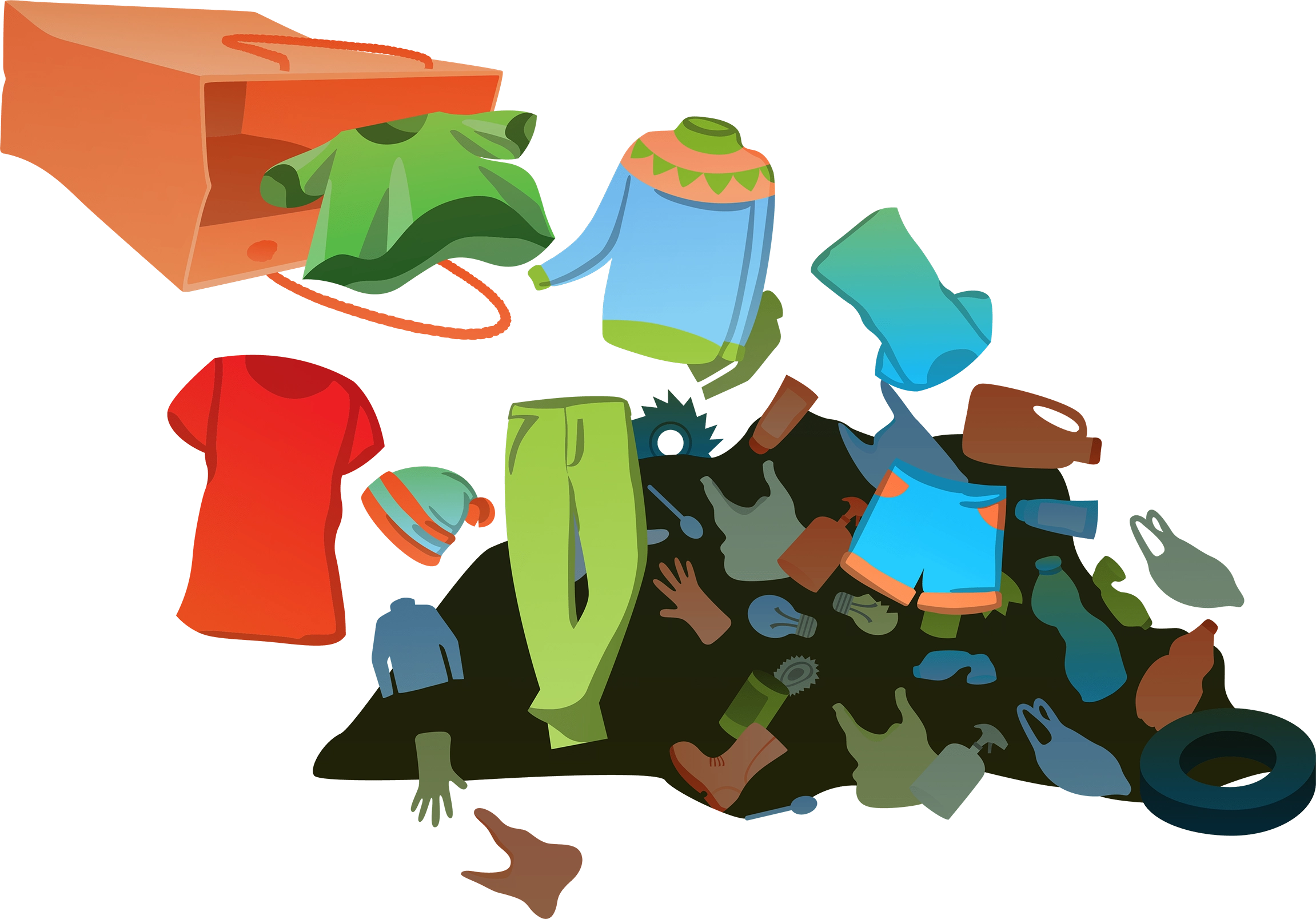
You may not be paying a high price for these garments, but someone is.
Efforts of the industry to address the problems
The fashion industry and many clothing and accessory brands, in partnership with sustainability organizations such as UNEP and the Ellen MacArthur Foundation, are taking action to address issues including climate change by helping the industry transition to sustainable and circular fashion models.
You can read about the transition taking place within the industry in the following resources:
You can also reference the Fashion Industry Charter for Climate Action, which has 132 signatories (as of Nov 2023) including many well-known brands here. They are working on industry-wide transitions and advocating for governmental policy for a sustainable textile industry aligned with the Net Zero 2050 goals.
And you can read about the Circular Systems for a Net Positive Fashion Industry event held at COP27 by UNEP and the Global Fashion Agenda (GFA) here.
Governments are also taking action. For example, in 2022, the EU announced that it plans to vastly expand its clothing design rules on sustainability and recycling. By 2030, all textiles sold within the EU must be recyclable, contain a high percentage of recycled materials and be free of hazardous substances5.
And here are some resources with examples of companies with innovative products and services that are helping to transform the industry:
There is a lot of positive action being taken and commitments being declared but gains made so far have been outpaced by the sheer increase in volume of consumption. The industry needs time to change and it needs our support in changing our behaviours in order to succeed.
What you can do
Good news. There is A LOT you can do to support the sustainable and ethical fashion transition, reduce your own negative impact, save money if that is also a goal, and look and feel great while doing it!
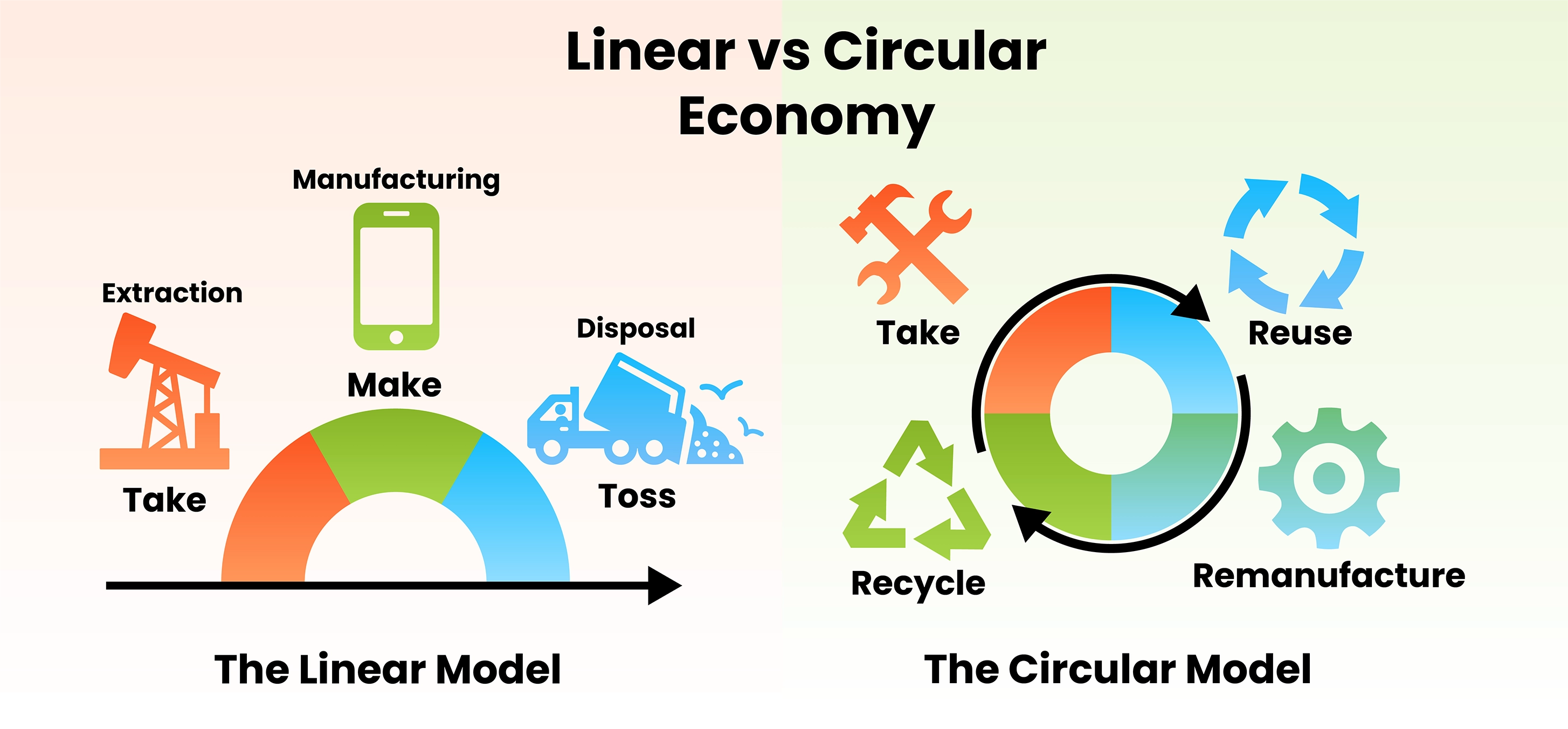
Use the principles of circularity
First and foremost, like the industry itself, you can build circularity into your buying habits.

Refuse/Reduce — Refuse Fast Fashion/embrace slow fashion
Think about quality over quantity and timelessness over trendiness.
Buy what you need.
Think about whether you are buying something because you need it or because you identify shopping with stress relief, a fun outing with friends etc. — there are lots of ways to have fun and relieve stress that don’t contribute to the climate crisis and other environmental and social harms.
Buy fewer quality pieces that are sustainably and ethically produced and wear them more often and for longer. Or try using a Pinterest board to better visualize your personal style because you will wear your clothes more and longer if they express your style than if they reflect a trend.

Repair, Maintain, and Prolong the life of the apparel in your wardrobe
Cleaning your clothes
• Try to avoid dry cleaning.
• Wear clothes a few times before washing.
• Wash in an efficient washing machine.
• Wash full loads.
• Use green detergent.
• Wash your clothes correctly to avoid excessive wear and tear.
• Use a low spin cycle to reduce wear and tear and microplastic pollution.
• Wash in cold water.
• Use a guppy bag for synthetic clothes to reduce microplastic pollution.
• Air dry your clothes whenever possible.
Repairing your clothes
• Mend your clothes.
• Support clothing companies that offer repair programs such as Patagonia, Rab.
• Use a repair/alteration service (or hire a handy friend.) E.g. 8 Online Clothes Repair & Alteration Services: Mend, Don’t End!
Repurpose your clothes
• Upcycle your clothes into new clothes or other items.

Reuse
• Buy second hand — You are saving clothing from landfills and can buy quality, ethical items for a great price.
You can find second hand clothing at thrift stores, vintage shops, yard sales, and online secondhand marketplaces such as Poshmark, ThredUp Inc.
If buying online, make sure the item is not a Fast Fashion item that someone has stocked up on in hopes of selling for a profit. Ethical consumer.org has a helpful article about buying secondhand clothing here.
• Trade and Review — Organize a clothing review or a clothing swap with friends.
Most people wear 20% of their clothes 80% of the time. Most clothes in a wardrobe are rarely or never worn. Before you purge and send your clothes to a second hand shop, you could invite a few stylish friends to help you go through them with fresh pairs of eyes and put outfits together for you.
Alternatively you could organize a clothing swap with friends and find new homes for unworn items while gaining new items for your own wardrobe.
• Donate or Re-commerce — Give your clothes to a second hand shop rather than throwing them in the landfill or re-sell your clothes online.
• Rent — Use a rental service (either subscription or rent-per-wear) particularly for occasionally worn dresses: E.g. Beyond the Runway, The Fitzroy, Reheart.ca, Rax (peer-to-peer), Rent the Runway, Refinery 29, Sprout Collection, Your Favourite Dresses, Flauntbox (has a rent to purchase option), Rent a Dress, Athena dress rental.
Advocate for other rental opportunities in Canada as well. e.g. the Dutch company MUD jeans uses a subscription model for jeans that you can rent or purchase. Perhaps Levi’s could implement this as well!
• Recycle — Use clothing take back programs such as the annual Smartwool sock take-back program run through Mountain Equipment Co-op or the H&M clothing take-back program.
Look for brands that use recycled materials and/or have recycled/upcycled clothing lines such as Levi’s and Urban Outfitters.
Stay on top of and support innovations in the fashion industry that address the adverse environmental and social impacts of the textile industry and refuse to support companies that are not embracing positive change.
Sustainable Materials

Look for:
• Organic and recycled fabrics and fairtrade cotton over conventionally grown fibres and virgin synthetic materials.

Good existing options:
• Hemp and linen (organic)
• Recycled cotton and wool
• Cork

Good up and coming:
• Piñatex (if not covered with non-biodegradable resin)
• Bananatex
• SCOBY leather (from Kombucha)
• S.Cafe (coffee based)
• Brewed Protein
• Apple leather
• Woocoa
• Cupro
• Milk silk

Next best:
• Bamboo, hemp, and linen (not organic)
• Organic and fairtrade cotton
• Organic wool
• Lyocell/Tencel/Monocel (from eucalyptus wood pulp, Tencel is from sustainably managed forests)
• Recycled synthetics (nylon e.g. ECONYL, polyester — from polyethylene terephthalate, Elastane)
• Wild silk
• Deadstock (using manufacturing remnants, overstock or vintage materials)
• Sustainable modal (a wood pulp based silk alternative)
• ECOVERO

Avoid:
• Acrylic
• Polyester
• Nylon
• Conventionally made Silk
• Elastane
• Wool
• Leather
• Conventional cotton
• Conventional bamboo
• Conventional viscose/rayon/modal
• Conventional polyester (incl. fleece)
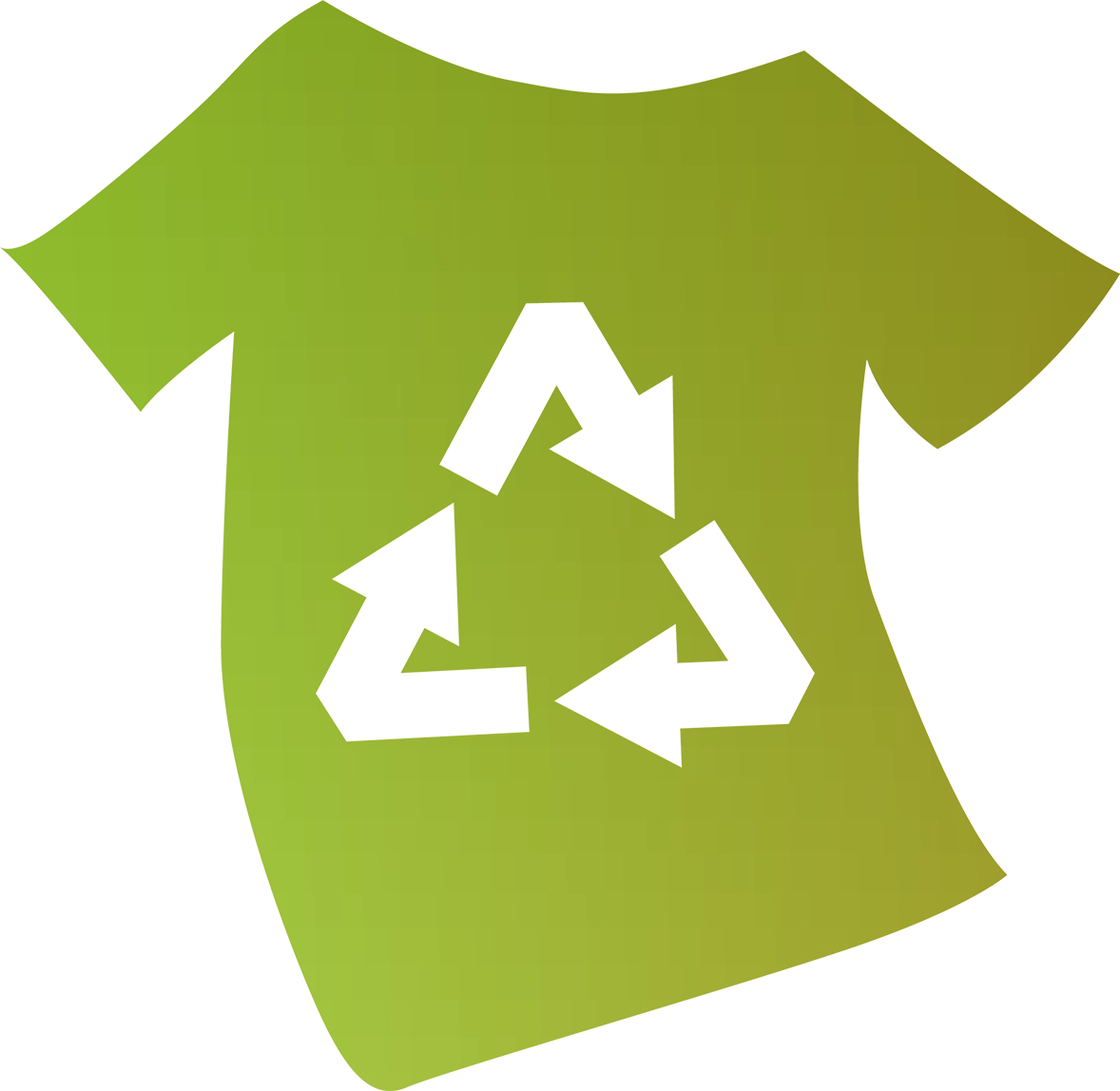
You can also look for sustainability certifications and participation in third party sustainability programs (E.g. GOTS, OEKO-TEX, USDA organic, Forest Stewardship council, Bluesign, Better Cotton Standard, Global Recycle Standard, BCorp, Fair Trade, WRAP, International Labour Org., Ethical Trading Initiative, Business Social Compliance Initiative, Carbon Neutrality, Science-Based Targets Initiative.)
Many brands are taking steps to become more circular and use ethically sourced materials
There are a lot of popular brands that are on the road to sustainability, including some Fast Fashion brands (at least ostensibly). You can use some of the resources below or do some additional research on your favourite go to brands to see if they have set a Net Zero target and are tracking and reporting progress, or if they have sustainable and ethical product lines today.
Note that in some cases the prices seem a little higher than conventional fashion on the surface, but the lifetime costs of the products are not. Some brands even warrant their products for life and offer replacement and repair programs.

Thesus Outdoors (shoes and boots)
Londre Bodywear (swimwear)
Norden Project (outerwear)
Good For Sunday (comfortwear)
Samara Bags (bags and accessories—made of Apple leather!)
Finn + Emma (baby clothes)
Saye Brand (shoes)
Taylor Stitch (men’s clothes)
Hours (good for plus sizes)
Infantium Victoria (kids clothes)
Wolven Threads (activewear)
The VEJA Project (sneakers)
BEEN London (bags and accessories)
Hanna Andersson (mostly kids clothes, and pajamas)
Groceries Apparel (the future is now—these peeps use upcycled food waste!)
Good On You also has a directory — online and via app — where you can search for brands and products to see how sustainable they are.
Reference websites
Other ways you can take action

• Write to your go to fashion sources (influencers, magazines, stores, brands etc.) and ask them about their thoughts / stances / policies / plans / targets around the sustainable fashion transition. Ask them to carry sustainable products. Ask them to include sustainability and ethics in their ratings criteria and recommendations.

• Advocate for regulation against unethical fashion including slave and child labour, Fast Fashion, and microplastics.

• Join a sustainable fashion community or an organization that is taking action against plastic pollution (e.g. Canada Plastics Pact)

• Sign petitions related to sustainable and ethical fashion.

• Share information with friends and family.

• Encourage others to bring circular economy principles into their lives and shop sustainably.
Most importantly—when it comes to fashion—less is best.
Summary of potential actions
• Reduce/eliminate Fast Fashion and embrace slow sustainable fashion.
• Buy garments made of sustainable materials.
• Buy garments made by sustainable brands/companies.
• Increase circularity into your fashion habits (reduce/Upcycle/share/donate etc.)
• Support systemic change in the fashion industry.
• Reduce shipping/packaging.
• Reduce plastic.
• Support government policies for sustainable fashion.
Ready to get started? Build a plan that works for you here.
References
1. Berg, A., & Magnus, K.-H. (2020). Fashion On Climate. https://www.mckinsey.com/~/media/mckinsey/industries/retail/our%20insights/fashion%20on%20climate/fashion-on-climate-full-report.pdf
2. Morlet, A., Opsomer, R., Herrmann, S., Balmond, L., Gillet, C., & Fuchs, L. (2017). A New Textiles Economy: Redesigning Fashion’s Future. https://emf.thirdlight.com/file/24/uiwtaHvud8YIG_uiSTauTlJH74/A%20New%20Textiles%20Economy%3A%20Redesigning%20fashion%E2%80%99s%20future.pdf
3. United Nations Climate Change. (2023, September 22). Report: Challenges and Opportunities Identified During First Global Dialogue on Mitigation Ambition and Implementation. UNFCCC.int. https://UNFCCC.int/news/report-challenges-and-opportunities-identified-during-first-global-dialogue-on-mitigation-ambition
4. How is the EU making fashion sustainable?. European Commission. (n.d.). https://environment.ec.europa.eu/topics/circular-economy/reset-trend/how-eu-making-fashion-sustainable_en; Weissinger, A. (2023, June 20). What the French AGEC Law means for fashion brands. Sustainable Brand Platform. https://www.sustainablebrandplatform.com/articles/what-the-french-agec-law-means-for-fashion-brands
5. Questions and Answers on EU Strategy for Sustainable and Circular Textiles. European Commission. (2020, March 30). https://ec.europa.eu/commission/presscorner/detail/en/qanda_22_2015; Strategy for textiles. European Commission. (2022, March 30). https://single-market-economy.ec.europa.eu/sectors/textiles-ecosystem/strategy-textiles_en#:~:text=EU%20Strategy%20for%20sustainable%20products,circularity%2C%20industrial%20competitiveness%20and%20innovation

